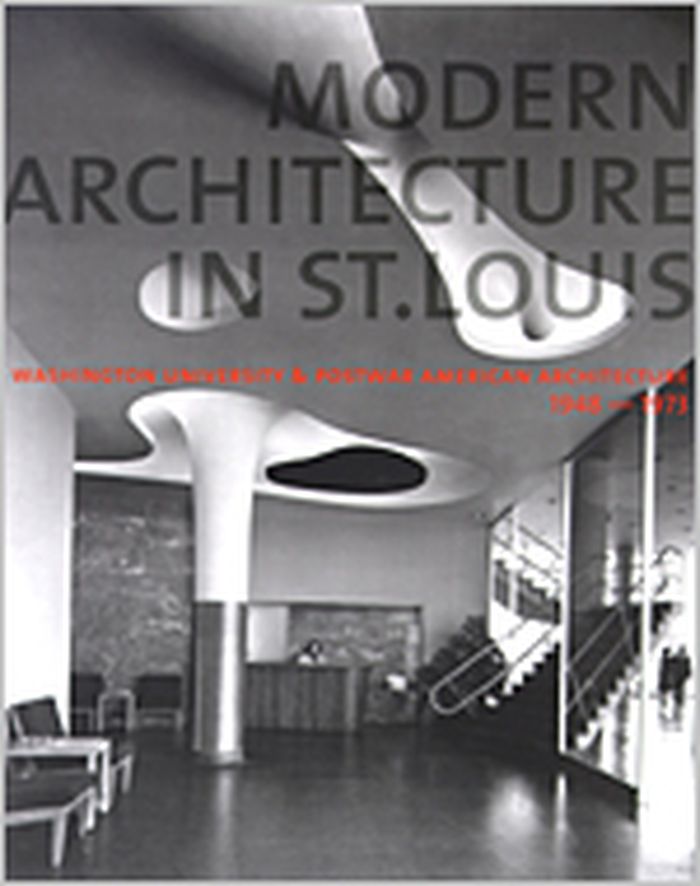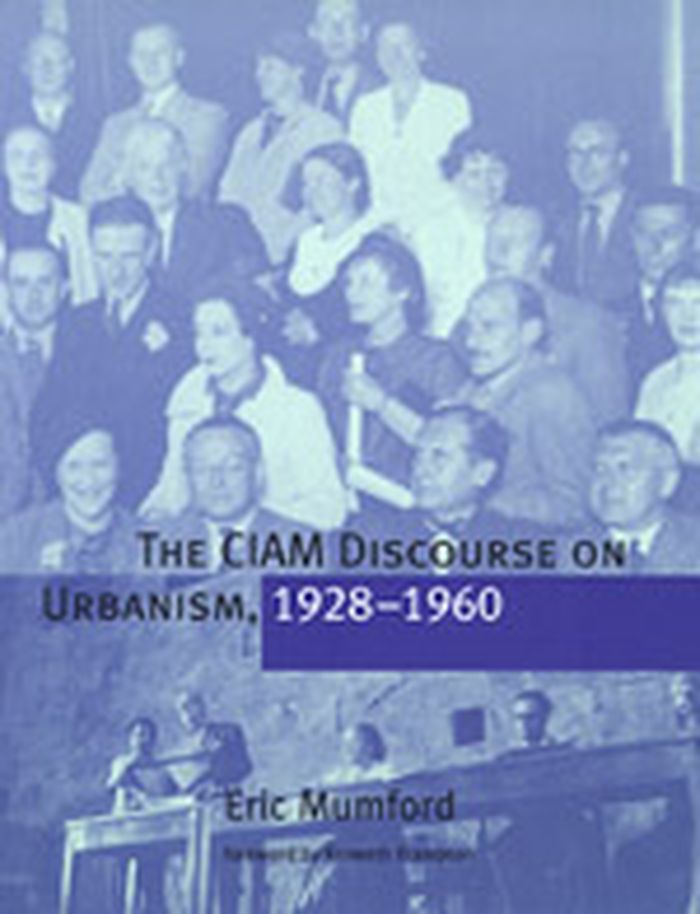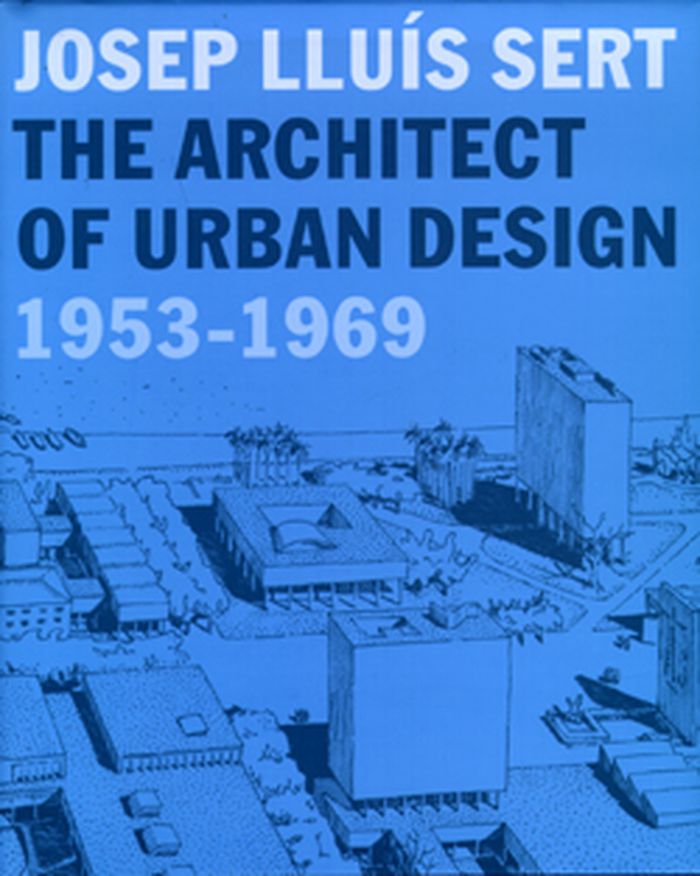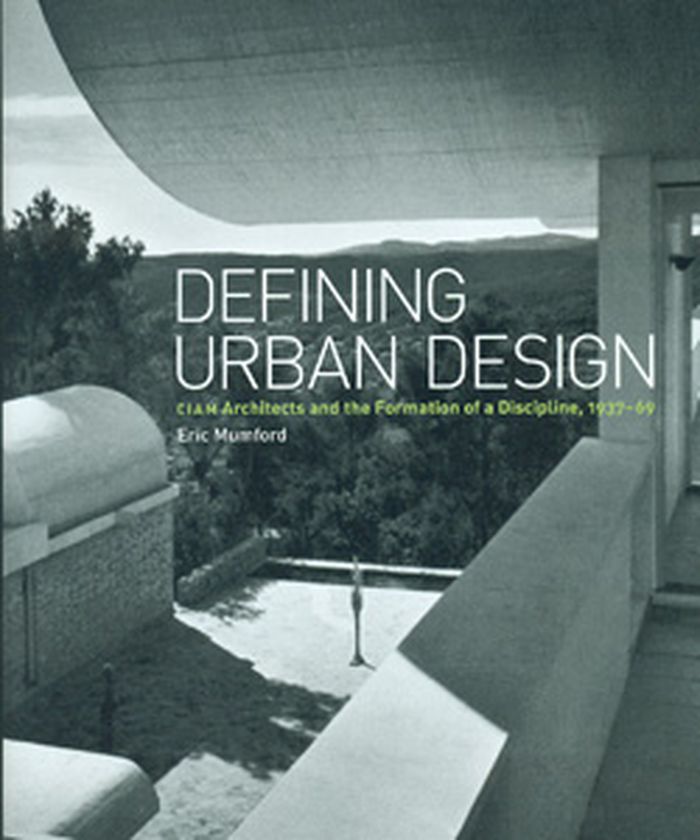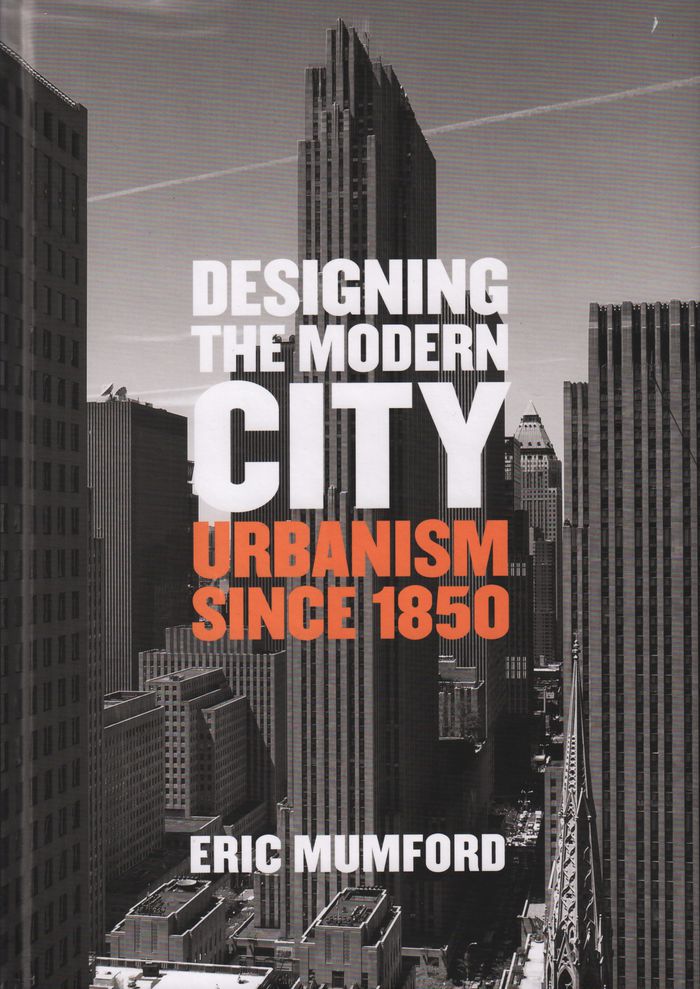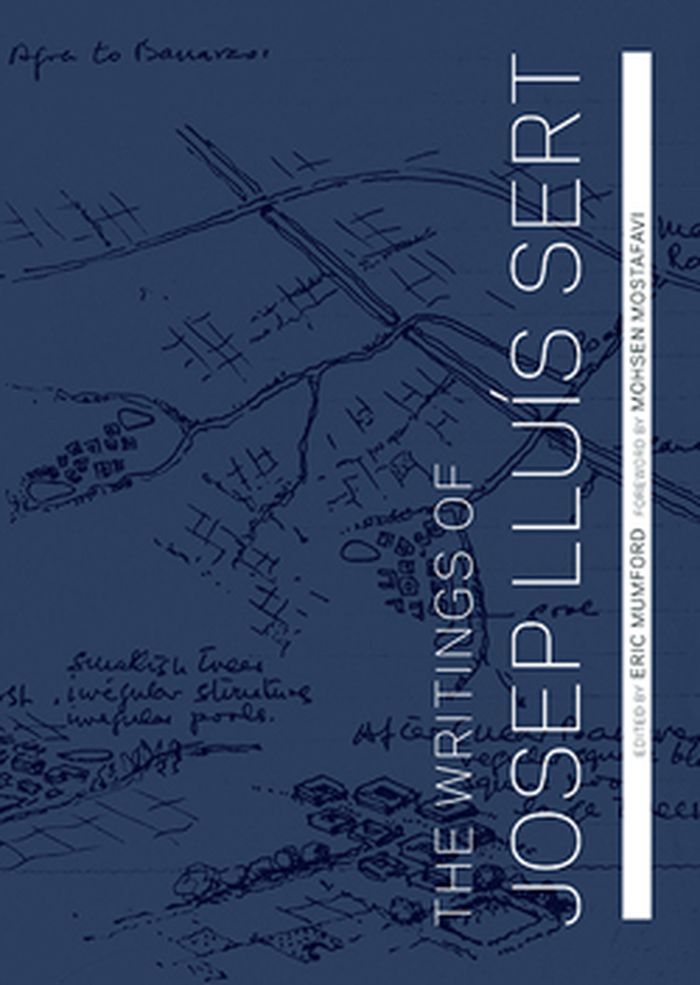Modern architecture in St. Louis : Washington University and postwar american architecture 1948-1973
$55.95
(available to order)
Summary:
The Gateway Arch casts its shadow across the Mississippi River and the city skyline of St. Louis, yet the history of architecture in that city stretches far beyond the towering "gateway to the West." Modern Architecture in St. Louis offers the first in-depth survey of the exciting evolution of modern architecture in the heart of the Midwest, an evolution that began during(...)
Modern architecture in St. Louis : Washington University and postwar american architecture 1948-1973
Actions:
Price:
$55.95
(available to order)
Summary:
The Gateway Arch casts its shadow across the Mississippi River and the city skyline of St. Louis, yet the history of architecture in that city stretches far beyond the towering "gateway to the West." Modern Architecture in St. Louis offers the first in-depth survey of the exciting evolution of modern architecture in the heart of the Midwest, an evolution that began during the flowering of mid-century American modernism. Established architectural scholars here explore the nationally and internationally significant aspects of modern architecture in St. Louis during the postwar period, with essays on subjects ranging from the creation of the Arch to the role played by the Washington University School of Architecture. Archival photographs and drawings augment the scholars' historical analyses, and statements by alumni and faculty of the School of Architecture, including Gyo Obata and Fumihiko Maki, are also featured. Modern Architecture in St. Louis is a valuable work of architectural history that unearths the critical contribution of St. Louis to American design and modernism. Eric Mumford is associate professor at the Washington University School of Architecture and author of The CIAM Discourse on Urbanism, 1928-1960.
History until 1900
$44.95
(available to order)
Summary:
CIAM (Congrès Internationaux d'Architecture Moderne), founded in Switzerland in 1928, was an avant-garde association of architects intended to advance both modernism and internationalism in architecture. CIAM saw itself as an elite group revolutionizing architecture to serve the interests of society. Its members included some of the best-known architects of the twentieth(...)
Urban Theory
October 2002, Cambridge, Massachusetts
The CIAM discourse on urbanism, 1928-1960
Actions:
Price:
$44.95
(available to order)
Summary:
CIAM (Congrès Internationaux d'Architecture Moderne), founded in Switzerland in 1928, was an avant-garde association of architects intended to advance both modernism and internationalism in architecture. CIAM saw itself as an elite group revolutionizing architecture to serve the interests of society. Its members included some of the best-known architects of the twentieth century, such as Le Corbusier, Walter Gropius, and Richard Neutra, but also hundreds of others who looked to it for doctrines on how to shape the urban environment in a rapidly changing world. In this first book-length history of the organization, architectural historian Eric Mumford focuses on CIAM's discourse to trace the development and promotion of its influential concept of the "Functional City." He views official doctrines and pronouncements in relation to the changing circumstances of the members, revealing how CIAM in the 1930s began to resemble a kind of syndicalist party oriented toward winning over any suitable authority, regardless of political orientation. Mumford also looks at CIAM's efforts after World War II to find a new basis for a socially engaged architecture and describes the attempts by the group of younger members called Team 10 to radically revise CIAM's mission in the 1950s, efforts that led to the organization's dissolution in 1959.
Urban Theory
$50.00
(available to order)
Summary:
This book examines the emergence and evolution of the discipline of urban design as articulated through the work of Josep Lluís Sert (1902–1983), one of its most influential practitioners. Sert was noted for his city planning and urban development projects in Europe, South America, and the United States, and the master plans of his later career were significant for(...)
Architecture Monographs
April 2008, New Haven, London, Cambridge
Josep Lluis Sert The architect of urban design 1953-1969
Actions:
Price:
$50.00
(available to order)
Summary:
This book examines the emergence and evolution of the discipline of urban design as articulated through the work of Josep Lluís Sert (1902–1983), one of its most influential practitioners. Sert was noted for his city planning and urban development projects in Europe, South America, and the United States, and the master plans of his later career were significant for their integration of natural landscape features into the urban building scheme.
Architecture Monographs
$14.95
(available to order)
Summary:
In this book, Eric Mumford traces how members of the International Congress of Modern Architecture (CIAM), such as Walter Gropius, Josep Lluís Sert, and their American associates, developed the discipline of urban design from the 1940s to the 1960s. Now widely known, this field has had significant influence in university departments and building projects around the world,(...)
May 2009, New Haven, London
Defining urban design : CIAM architects and the formation of a discipline, 1937-69
Actions:
Price:
$14.95
(available to order)
Summary:
In this book, Eric Mumford traces how members of the International Congress of Modern Architecture (CIAM), such as Walter Gropius, Josep Lluís Sert, and their American associates, developed the discipline of urban design from the 1940s to the 1960s. Now widely known, this field has had significant influence in university departments and building projects around the world, but its roots in the urbanism of CIAM are not well understood.
$49.95
(available to order)
Summary:
Written with an international perspective that encourages cross-cultural comparisons, leading architectural and urban historian Eric Mumford presents a comprehensive survey of urbanism and urban design since the industrial revolution. Beginning in the second half of the 19th century, technical, social, and economic developments set cities and the world’s population on a(...)
Designing the modern city: urbanism since 1850
Actions:
Price:
$49.95
(available to order)
Summary:
Written with an international perspective that encourages cross-cultural comparisons, leading architectural and urban historian Eric Mumford presents a comprehensive survey of urbanism and urban design since the industrial revolution. Beginning in the second half of the 19th century, technical, social, and economic developments set cities and the world’s population on a course of massive expansion. Mumford recounts how key figures in design responded to these changing circumstances with both practicable proposals and theoretical frameworks, ultimately creating what are now mainstream ideas about how urban environments should be designed, as well as creating the field called “urbanism.” He then traces the complex outcomes of approaches that emerged in European, American, and Asian cities.
Urban Theory
$72.95
(available to order)
Summary:
Josep Lluís Sert (1902–1983) was the last president of CIAM (International Congresses of Modern Architecture) and dean of the Harvard University Graduate School of Design from 1953 to 1969, where he founded the discipline of urban design. His writings offer a new view of his activities in architecture and urban planning, and provide the intellectual context for his own(...)
The writings Josep Lluis Sert
Actions:
Price:
$72.95
(available to order)
Summary:
Josep Lluís Sert (1902–1983) was the last president of CIAM (International Congresses of Modern Architecture) and dean of the Harvard University Graduate School of Design from 1953 to 1969, where he founded the discipline of urban design. His writings offer a new view of his activities in architecture and urban planning, and provide the intellectual context for his own work as an architect, much of which is still controversial and often poorly understood. This book includes 16 essays dating from 1951 to 1977, ten of which are previously unpublished. The Writings of Josep Lluís Sert illuminates Sert’s contributions to 20th-century architecture, urban design, and design pedagogy, and makes clear the similarities and differences between his ideas and those of his mentor, Le Corbusier.
Architectural Theory
